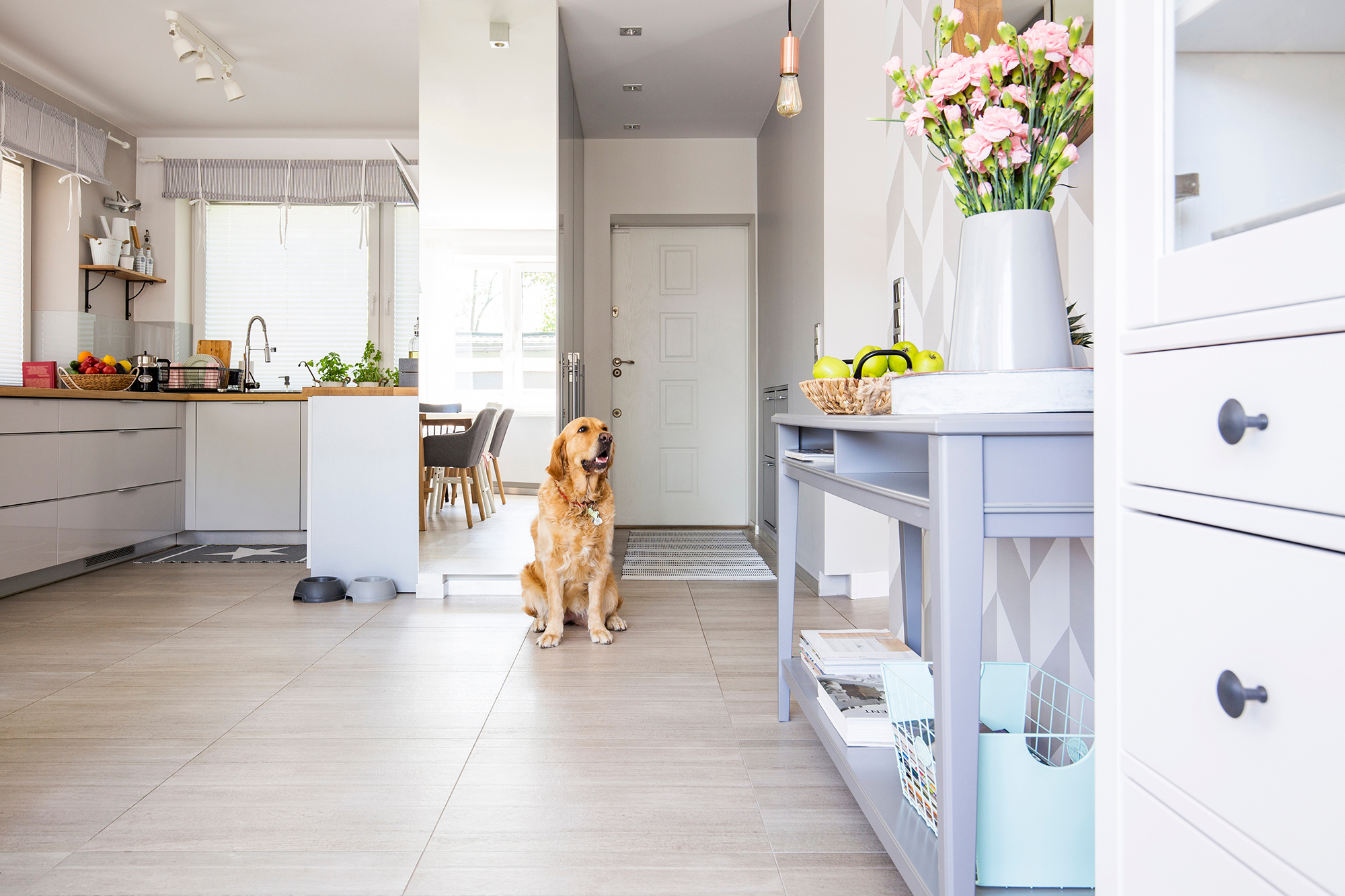There’s so much information out there as to what food is best to feed your dog. This can make transitioning to raw dog food seem confusing as many people are still unsure on what is a raw dog food diet, how to transition to raw dog food and what are the benefits of raw dog food. If you’re considering switching to raw dog food, we’re here to explain the who, what, how’s and when of raw dog food diets.
There are many reasons why you may be considering transitioning to a raw dog food diet. You’d be surprised how much your dog’s food can affect their lives! Allergies, itchiness, ear problems, upset tummies and even poor behaviour are just some of the reasons pet owners turn to a raw food diet.
Another huge factor that influences people’s decision to transition to a raw dog food diet is an awareness of the poor ingredients used in dry kibble and tinned food. Lots of dog owners want to find a higher quality cuisine for their furry friends!

6 tips on how to introduce raw dog food to your dog?
- We suggest going cold turkey, no pun intended! Feed them their usual kibble or tinned food in the evening, then the following morning switch to raw dog food.
- When first transitioning to a raw food diet, it’s best to start with something gentle like our Mild Chicken and Turkey Tripe & Beef for the first few days. We even have a New to Raw Feeding Box tailored to those just starting their raw journey.
- Don’t mix raw and dry dog food together. Lots of people question whether you can take a more phased approach however we recommend not to. There is no benefit to mixing, you would simply be diluting the benefits of the raw dog food.
- Some people choose to do one meal raw and one meal kibble for their dog’s meal plan, and do so successfully. However, agin this will lessen the benefits of feeding a raw food diet.
- If you have a stubborn dog try not to give in and offer them their old food. Providing they are healthy, keep offering the new raw food, even the most stubborn dogs won’t go hungry! For dogs who resist you can try crumbling up their favourite treats on top to get the taste buds going!

What to expect when transitioning to raw dog food:
- A new found enthusiasm for meal times! Your pampered pup will certainly appreciate the high quality meat
- Some loose poo’s are very common during the first few days of switching to a raw dog food diet as with any change in dog food.
- Sorry, more poo talk but your dog’s poo’s will become much smaller on a raw food diet. This is totally normal and is because raw is highly digestible, unlike the fillers that are used in kibble. With raw dog food, they utilise all of it in their body so there’s less mess for you to pick up.
- Your dog may drink less water after switching to a raw food diet. This is because meat naturally contains around 65% moisture, so your pup is getting a lot of water via their food at mealtimes
How to defrost raw dog food?
You are going to be dealing with raw food so you need to know how to feed a raw diet safely. Don’t worry it’s not difficult! The raw dog food will be sent frozen and should then be stored in the freezer. Take it out the freezer and pop it into the fridge to defrost the day before. If you forget or are short on time there’s no need to worry, you can sit the tub in tepid water to speed up the process. Any not used should be kept in the fridge and used within 3 days.
How much raw dog food to feed my dog?
If you’re ever stuck and wondering how much raw food to feed your dog, use our raw dog food calculator, it does all the maths for you! You’re meant to feed 2-3% of your dog’s weight daily – we suggest splitting this amount across two meals. You know your dog best, so feed them within that range based on their activity levels and metabolism.
For example, if you dog is 10kg they would eat 200-300g a day of raw dog food, this works out as 100-150g per meal.

